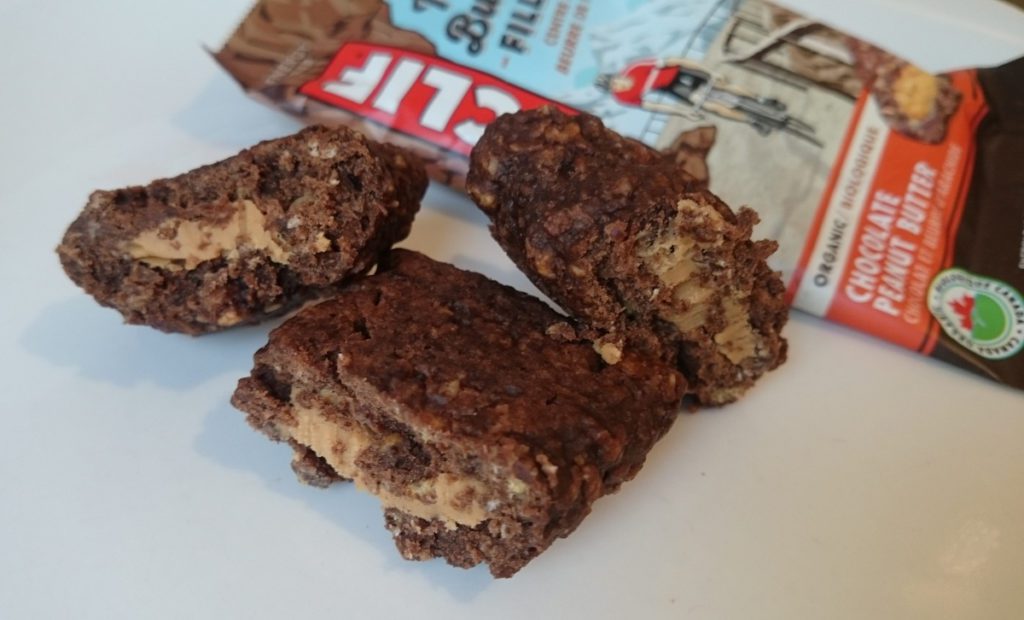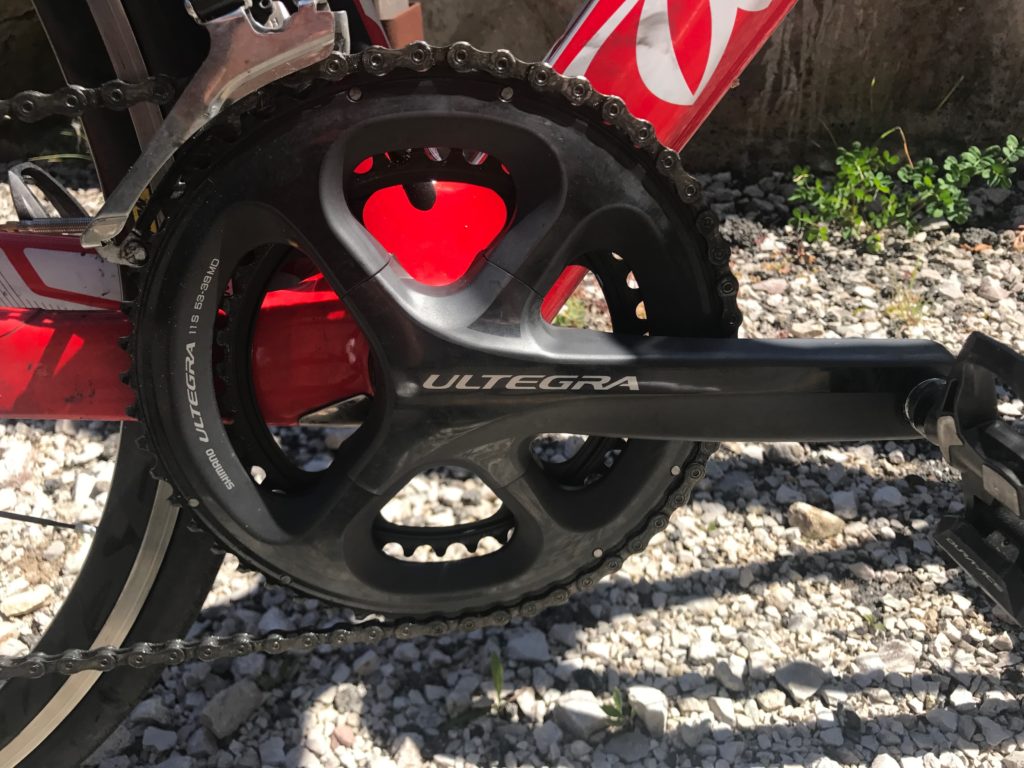5 tips for riding your first big alpine climb
Your first big climb is sure to be a challenge, which is part of the fun, but here are some ways it can be a little easier

RELATED: The top 10 climbs in Canada for road cyclists
Hors catégorie climbs present particular challenges to cyclists. This is especially true if you are preparing to ride your first big ascent. They are a battle of power-to-weight ratio with no hiding on them. However, successfully ascending your first big high mountain climb isn’t based only on strength alone. With the right know-how, you can make it to the top without expending every last ounce of energy you have in your body. Then you can stop and take in the stunning scenery on top of the giant you have conquered. Here are some tips on riding your first alpine cycling climb:
Pace yourself
It’s a long way up so if you are already suffering on the lower slopes it means you have gone out too hard. Consider many HC climbs can take up to or over an hour to ride, you want to expend your energy accordingly. If you blow up mid-way through it’s going to be a long way to the top while if you have preserved some strength you can increase your tempo and feel great arriving at the summit.
Eat something on the way up
It may be hard to find a moment to get something in your mouth, and when you do chewing and swallowing while you are breathing heavily can be a little unpleasant, but the importance of proper nutrition in the big mountains cannot be emphasized. A hunger knock can be fatal especially if you have more than the descent to do to get yourself back to where you are staying. Eating something mid-way through the climb will ensure you don’t begin running on fumes. Also, don’t forget to drink regularly. Climbing the mountain with empty bottles to save weight won’t do you any good if you arrive at the top dehydrated.
RELATED: 6 pro cyclists on their favourite places to ride in Canada
Proper gearing
In order to keep your cadence up you will need to have chosen the right gearing before hand. Gear ratio is the most important choice to make in order to ensure you enjoy your ascent. It’s likely at some point you will feel over geared and try to switch into a larger cog on your cassette only to find out you are already in your easiest gear. You want to get the most out of the power you produce and if you are grinding with a 54/39T standard chainset and 11-28 cassette on your home climbs, in the high mountains it will be even worse. A full compact 50/34T will allow you to keep the highest cadence possible while a mid-compact 52/36T can get the job done but may not be suitable for everyone. If you have a long cage derailleur maybe consider putting a cassette on with a 32T cog in order to really be able to spin out the legs. Proper gear choice will make the steepest pitches on the climb feel a little bit less painful and allow you to really choose your own pace.
Find your rhythm
Pacing yourself and proper gearing are all aimed at achieving one goal, finding your own rhythm to climb at. Whether you like to switch between riding in and out of the saddle or are more comfortable seating, on a big climb finding your on tempo will allow you to make the ascent without it becoming a monumental battle with the steep gradients. While good fitness and preparation can help you to be physically prepared, just focusing on finding a rhythm you can comfortably keep will help you make it to the top. If you have a power meter, keep an eye on it to make sure you aren’t going beyond your limit.
Look up
While battling steep climbs, it’s the habit of many cyclists to keep their eyes focused a couple of meters in front of their front wheel. While you certainly look focused doing this, try looking up at the scenery around you. Whether the climb is in a forested area or has scenic vistas, looking up will allow you to take it all in. It can also help your mind wander away from the physical exertion and towards enjoying the experience.
Pack a light gilet for the descent
While it may be brutally hot while climbing, going down is sure going to be chilly even if the temperature is above 20 at the summit. The secret weapon you always should have in your back pocket in the mountains is a light gilet or jacket that will cut the wind. Pull it out on the top before going back down so you don’t catch a chill.
RELATED: 10 of the most popular Strava segments across Canada





